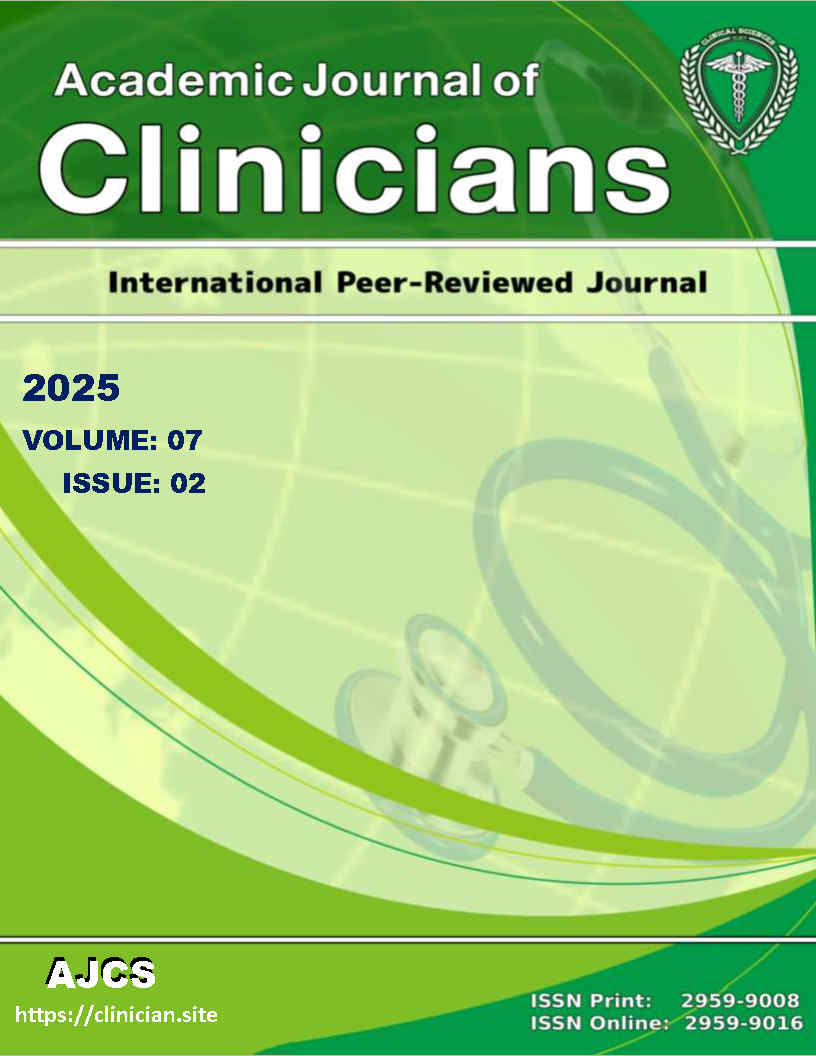Levels of Lipid Profile and Pancreatic Enzymes among Children Presented with Diabetic Ketoacidosis (DKA)
Keywords:
Diabetic Ketoacidosis (DKA), Children, Lipid profile, Pancreatic enzymesAbstract
Diabetic ketoacidosis is the most prevalent complication of diabetes mellitus, characterized by hyperglycemia, metabolic acidosis, and ketonuria or ketonemia, along with dehydration and hydroelectrolytic imbalances, which causes a severe alteration of carbohydrate metabolism, due to an absolute or relative deficiency of insulin. One, two, three The Western lifestyle, together with the increase in the rate of childhood obesity, has increased the risk of diabetes mellitus, as well as metabolic and hemodynamic alterations. Four The International Society of Pediatric and Adolescent Diabetes determines that the risk of CAD in diabetes is 1 to 10% per patient per year in the pediatric population. However, the incidence of recurrent coronary artery disease in the US is 8 per 100 patient-years.
One of the most common metabolic alterations linked to the presence of CAD is the increase in cholesterol and triglycerides, as well as amylase and lipase, which, in turn, increases the risk of developing acute pancreatitis. The diagnosis of pancreatitis should be confirmed by clinical findings and imaging studies. It is important to note that the correlation between increased levels of pancreatic enzymes and CAD has not been widely investigated in the pediatric population, with studies predominantly in adults and few publications focusing on the diagnosis of pancreatitis by imaging studies. The results of this study on the gender and age distribution of patients with DKA are consistent with the findings previous studies. We found that existence of an infectious condition in 40% of the cases and lack of adherence to insulin therapy in 32%. In conclusion, Diabetic ketoacidosis was predominantly observed in adolescent patients, with a higher prevalence in women (52%) compared to men (48%); however, this difference lacks statistical significance. The most common triggering factor identified in this study was the presence of infection, followed by lack of adherence to treatment; the average time of evolution from diabetes mellitus to DKA was 3.4 years. In this population, a higher frequency of elevated amylase and lipase, as well as alterations in the lipid profile, was observed in patients with severe DKA. Prospective studies are needed to suggest elevated pancreatic enzymes and lipid profile as indicators of mortality in cases of severe DKA.





